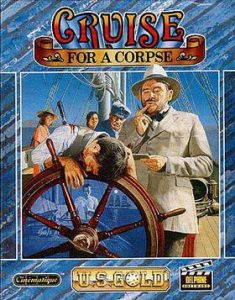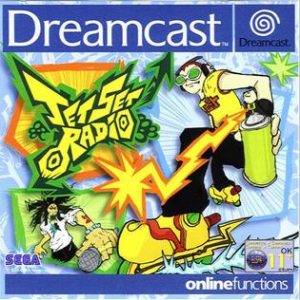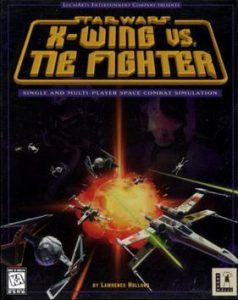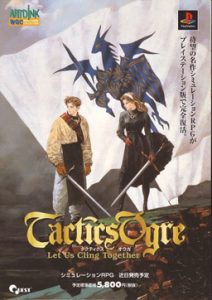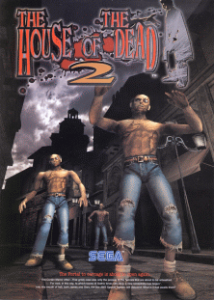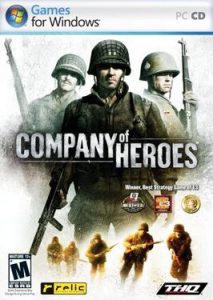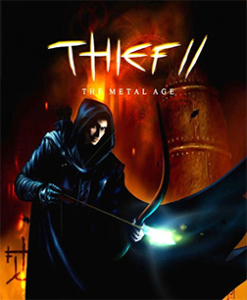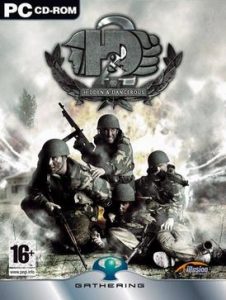994th played so far
Genre: Adventure
Platform: Amiga/Atari ST/PC
Year of Release: 1991
Developer: Delphine Software International
Publisher: Erbe Software/Interplay Productions/U.S. Gold
As I wanted to make sure I left a LucasArts adventure until the end, today’s conventional point & click adventure is Cruise for a Corpse, an interesting take on the formula that focuses on solving a murder mystery. We’ve seen it done since in various forms, but I’m not sure we’ve seen anything like it in a graphical adventure even if A Mind Forever Voyaging used a similar idea of finding the clues you need. I wonder whether the free and open deduction of clues that worked so well in Her Story or Return of the Obra-Dinn is something seen in this early game though.
Our Thoughts
If you read up on this game, you’ll see that time advances. It doesn’t do that in real time as we saw in The Last Express, the game that this feels close to in both theme and aesthetic of the time it’s set in. Instead, every time you hit a certain plot beat, making a discovery in conversation or in the area, time jumps by ten minutes. At that point people move, possibly doing something else and sometimes not giving you access to them. I don’t know whether that lets you get permanently blocked under certain circumstances or it’s set up so you never will – I never ran into it being a problem.
What makes it more frustrating is that where in other situations and in reality, there are items and situations that would always be there and would always work, that don’t in the game. Items that would have been there the entire time in a normal situation now only spawn at a certain time or a certain point in plot progression and you have – very slowly and tediously – make your way around the entire ship your cruise is taking place on. In short, after seeing how frustrating this would get and an in game hour or two in, I grabbed a guide to see what to do. I did take the time to explore and soak in the atmosphere, following up on the piles of red herrings or, if you will, objects and descriptions adding flavour to your journey. Helped by that is that the characters have a lot of dialogue about everything, with a tree divided by character/suspect and a few other general options, and often at least five to ten subjects per characters. There’s a lot to learn and figure out from there even if you don’t need it.
The game’s graphics are rather mixed, with your main character looking especially awkward, which makes the walking around even less enjoying. While there are some okay backgrounds, it’s the place where the game doesn’t look as good even for its era, which hits when you still need to deal with some pixel hunting.
Final Thoughts
I don’t think I would have enjoyed Cruise for a Corpse without a guide, but with it the game becomes an interesting interactive fiction story that allows you to learn a lot of additional background information while experiencing this world.
